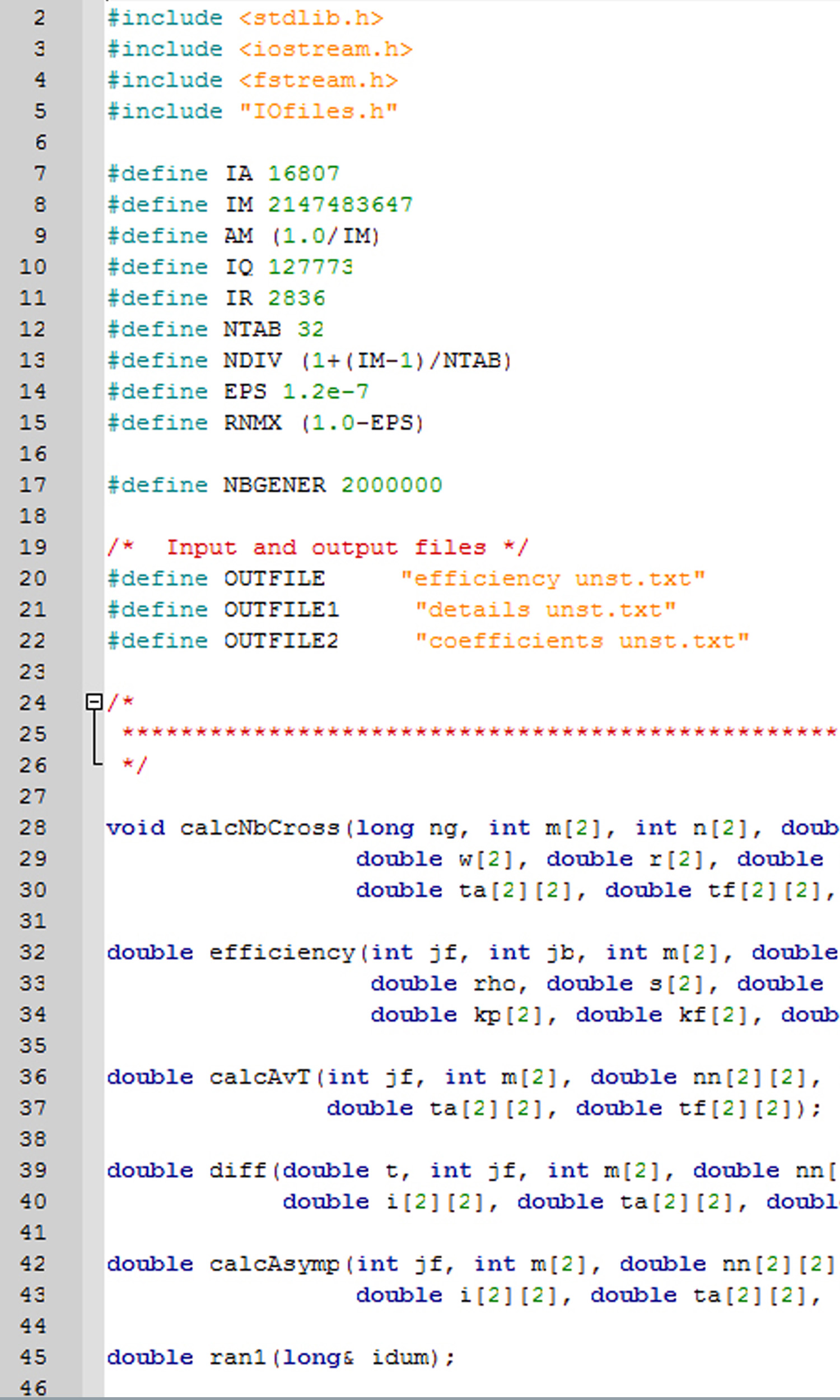Back to Projects

I knew how to model before I could distinguish a bee from a wasp (well… who says I can do it now!) and my early publications were mainly theoretical. Although, today, I devote more time and energy to experimental studies than to models, modelling is a useful tool that stays by my side and permeates my experimental work. I have applied different modelling techniques to a broad range of problems (evolution of communication, thermoregulation, mimicry, foraging, pollination networks, silk elasticity…) and I am always happy to take new modelling challenges. Don’t hesitate to contact me if you are about to embark on a new modelling project and need help or advice.
Related publications